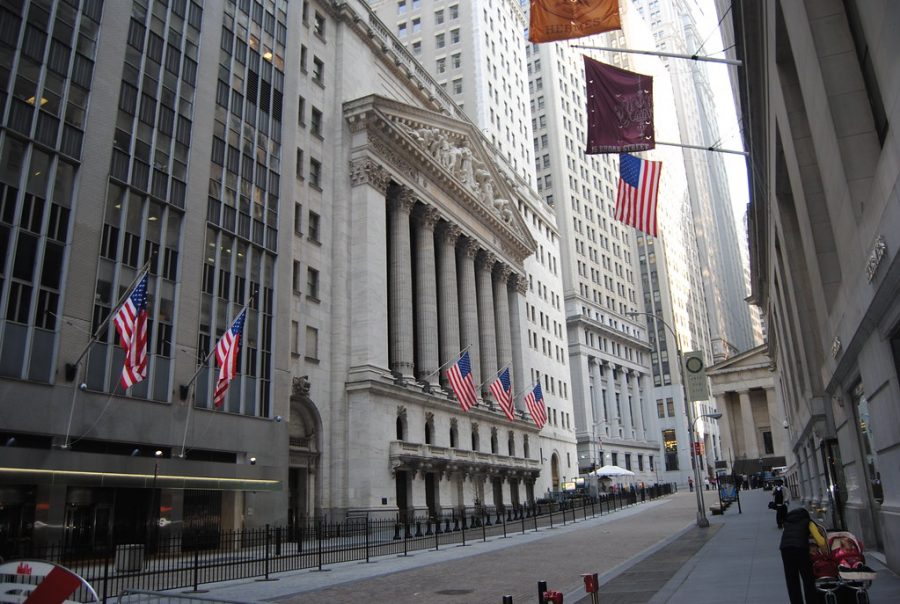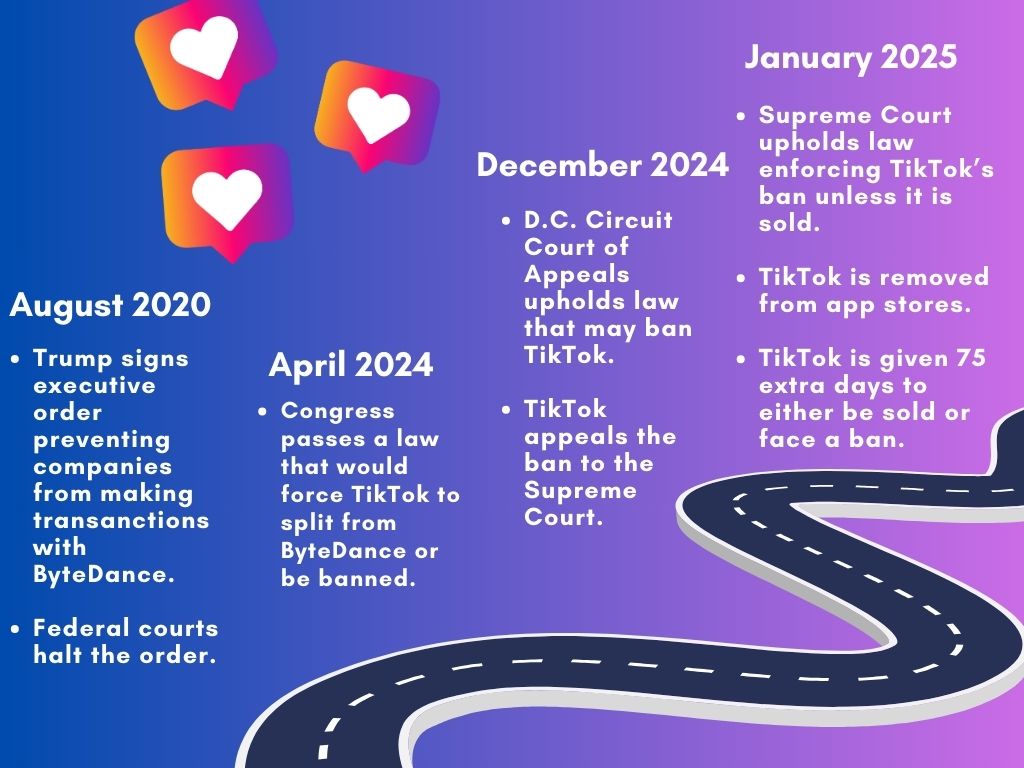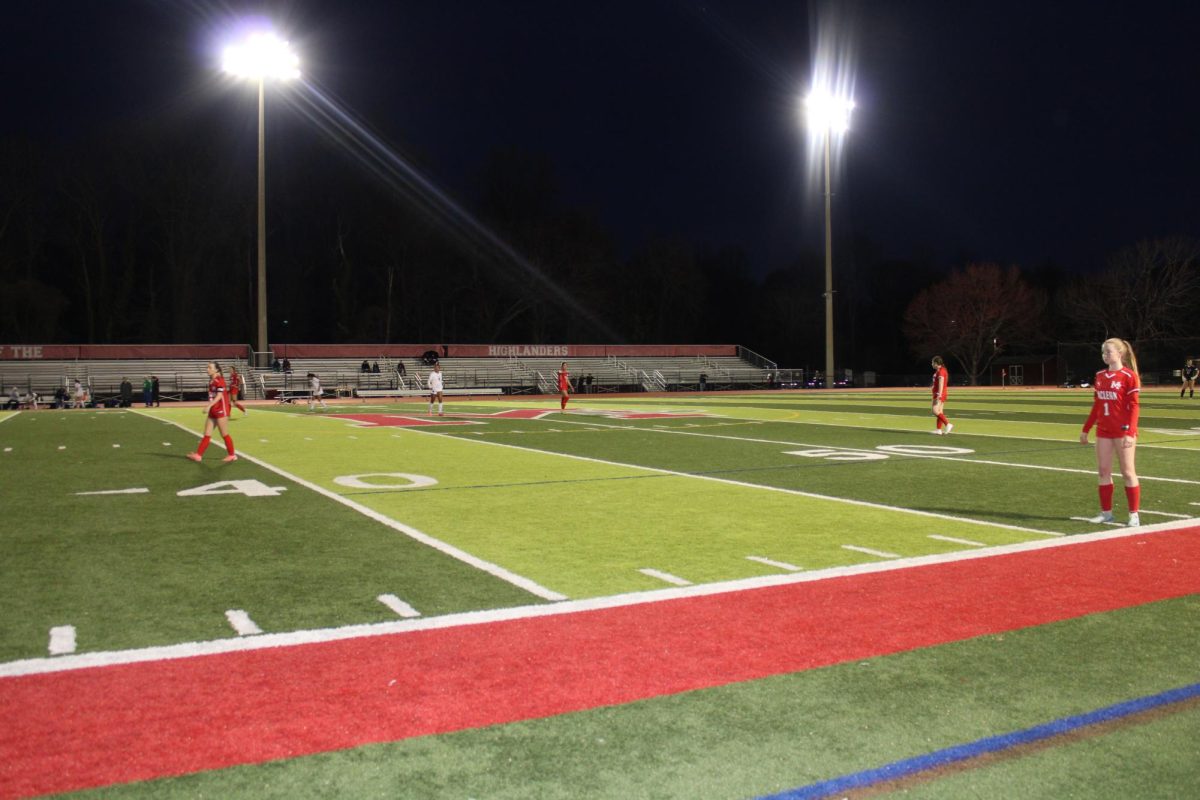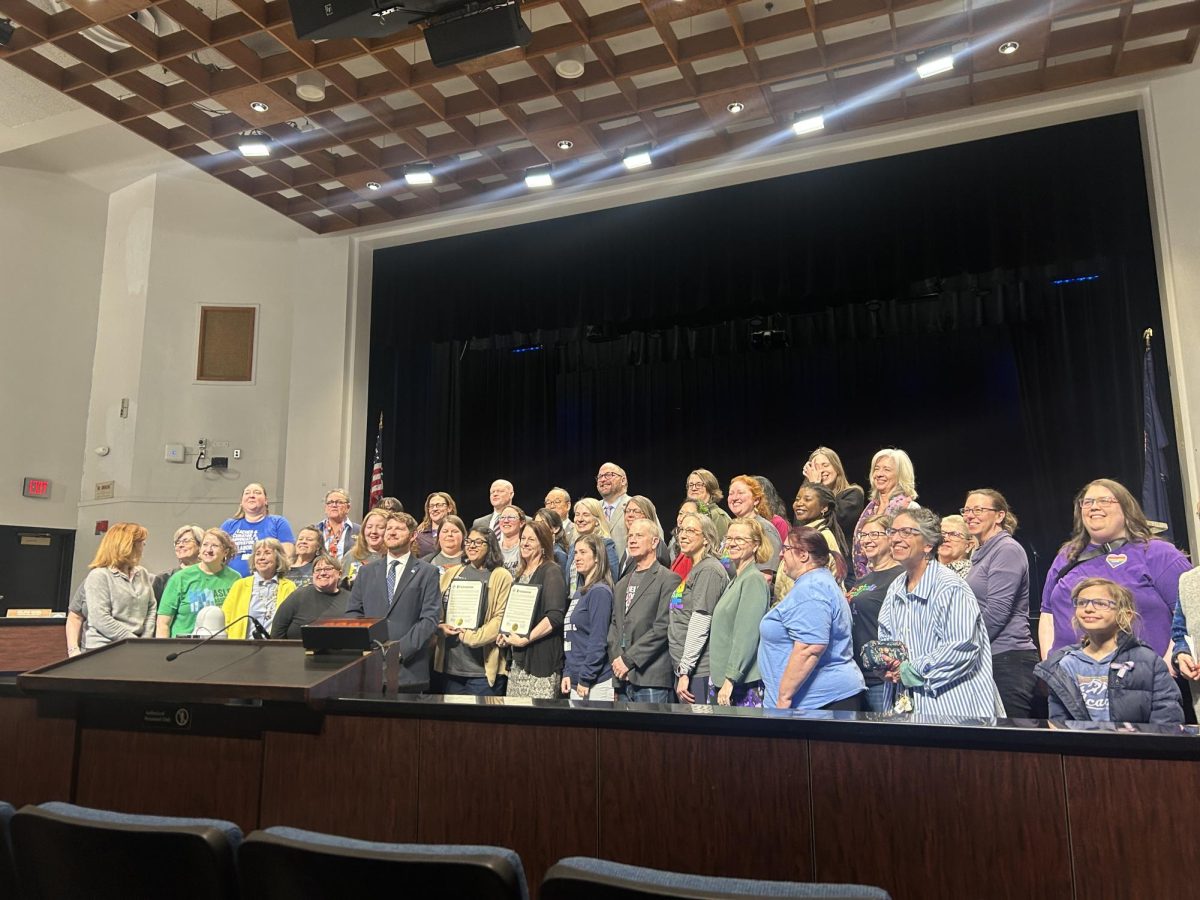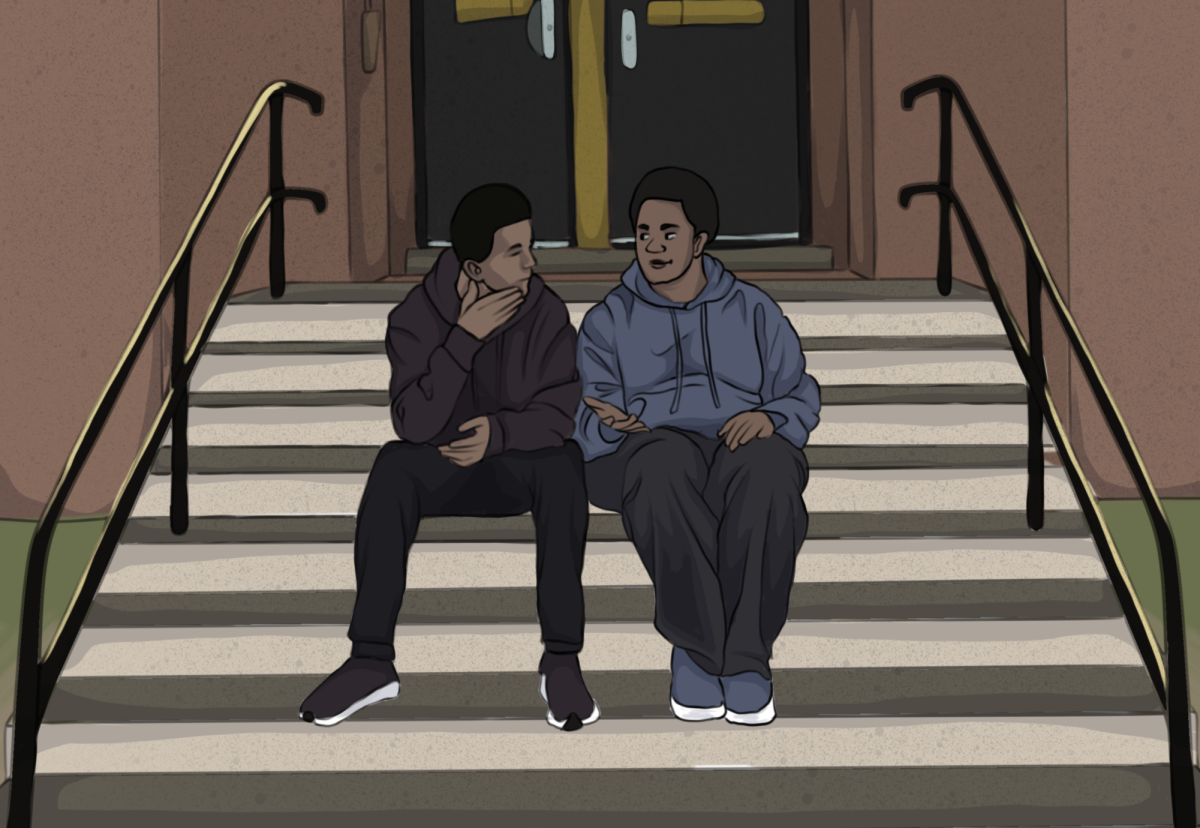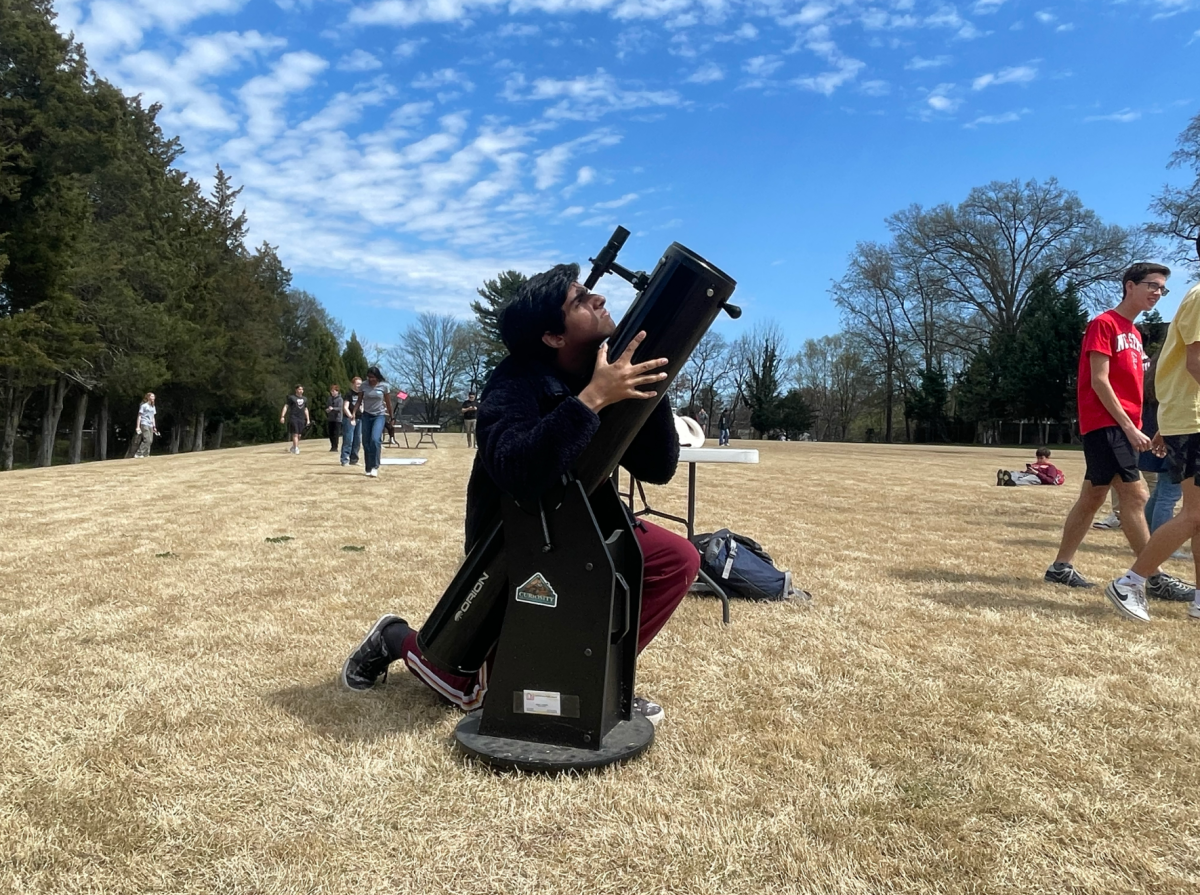This article was updated on March 16, 2020 to include information about Monday’s stock performance.
The stock market has become yet another victim of COVID-19’s path of destruction and disorder in the United States. This past week, investors have faced an incredibly erratic and unpredictable market reeling from the looming threat of the coronavirus.
“The stock prices having been changing at such a rapid rate. They have been on a roller coaster ride. This volatility makes it hard to properly understand the trend and even how my stocks are going to do the next day,” said junior Rohini Kumaran, who is a regular investor in stocks.
Monday opened with the S&P 500 at 2746.56 and the Dow Jones at 23851.02, marking the lowest points in the past ten years. The market saw an increase Tuesday, but then a steady decrease in stocks led to Thursday being the worst day for the market since the Black Friday crash of 1987.
“Markets do well because the companies and the public think there is nothing new and they decide to start buying again, [but] when all the stores are closing, companies are losing profits, and more cities become hotspots for the [coronavirus], we start selling the stocks. This can lead to volatility in the numbers once more and little knowledge on how to counteract,” Kumaran said.
However, signs from Congress and national banks to provide more support for businesses and the market with legislation led to an increase of confidence in buyers, and Friday became the best day for the market since 2008.
Regardless, the stock market recorded overall losses at the end of the week.
“Until we get a handle on the coronavirus, the markets are going to be volatile. In China, it took around 4 months for everything to calm down, so it may take another 3-4 months for the markets to stabilize once more,” Kumaran said.
The fluctuating values produced by the stock market this week predict a challenging and uncertain future for Wall Street in the coming days due to the coronavirus.
“The next 8 weeks are very crucial. We have to maintain social distancing in order to flatten the curve so that there is less loss of human life and less effects on society after the
markets stabilize,” Kumaran said. “It is important for the United States to follow CDC guidelines and control the spread of the virus.”
Over the weekend, the Federal Reserve slashed interest rates down to zero in order to try and minimize the damage done by COVID-19 panic, but this ended up worrying investors further and today, the DOW ended up closing with it’s worst point drop in history. It dropped around 3,000 points, signaling a 12.9% decrease. It is the worst stock index since 2017.
This came just after President Donald Trump held a press conference this afternoon and admitted that America “may be” headed into a recession. The president also stated it might be possible that social distancing measures might have to be taken well into the summer, signaling the stock market will have to face a challenging few months as America comes to terms with the coronavirus.


